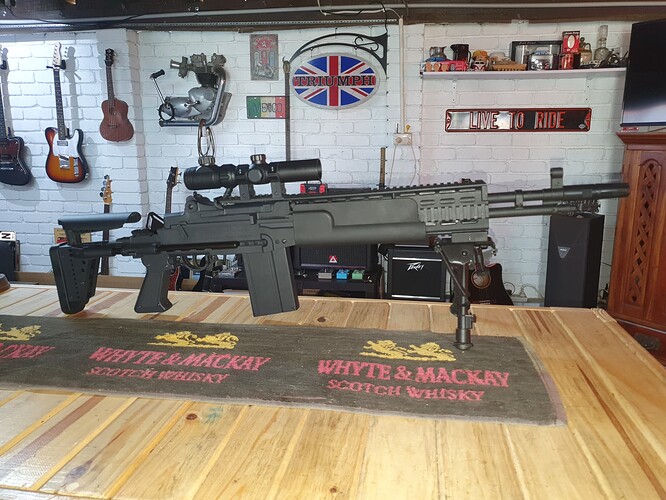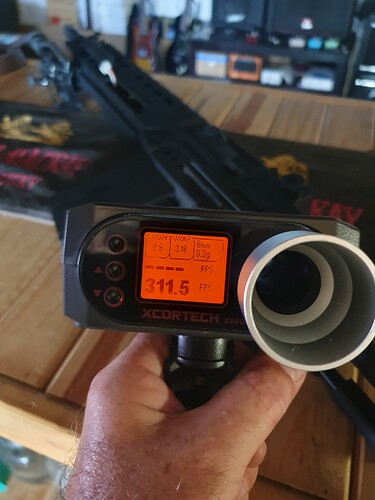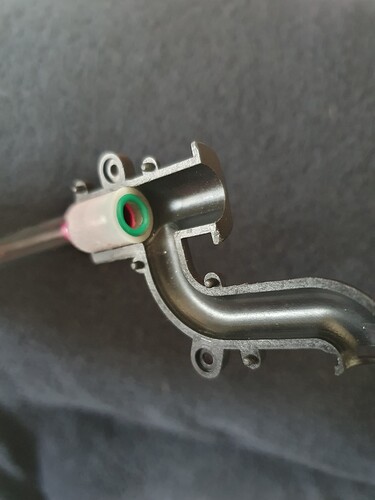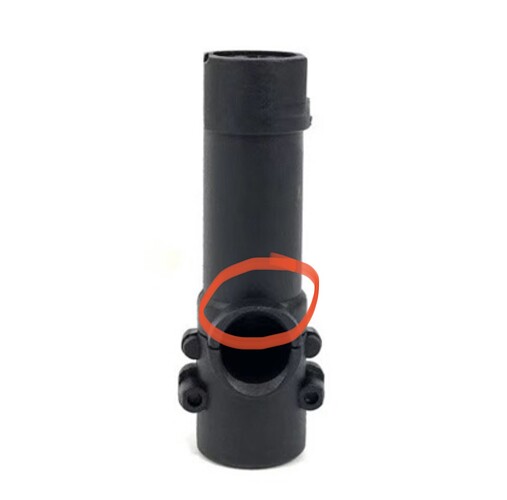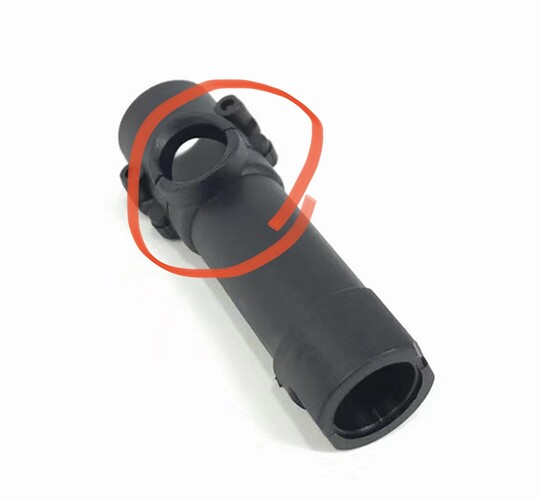Can always check your nozzle length/seating into the t-piece by testing preload on the nozzle prior to reassembly.
I would always do a dummy check by looking at the nozzle through the t-piece feed tube and and hand fit the barrel/t-piece to the lower receiver with the gearbox installed.
When the barrel assembly is bought into contact with the nozzle, I would always make sure that the nozzle was pushed back towards the gearbox by 2-3mm, which guarantees that the nozzle is fully seated in the t-piece and is under preloaded tension from the tappet plate return spring ![]()
If the nozzle didn’t move, that was a sure sign that the nozzle wasn’t reaching the t-piece at full extension.
This was fixed by removing the nozzle rubber and simply adding one or two small o-rings behind the nozzle rubber to space it further forward until I found the right amount of preload onto the nozzle when assembled ![]()
Be careful not to go too far forward with the nozzle spacing though, because this can also lead to causing issues with feeding if there’s not enough room left for the gels to squeeze past the nozzle when fully retracted.
If this became an issue, then the opposite could be done by glueing a correctly sized o-ring into the t-piece to tighten up the nozzle spacing without causing any feeding issues…… but this could only be done on certain model blasters that have a good gap between the feed tube and the nozzle seat surface inside the t-piece.
Also check the nozzle/cylinder head tube for air sealing at full extension, not by the normal method of holding it back against the cylinder head with your finger over the nozzle.
I found many even “double o-ringed” aftermarket performance Alloy nozzles to have good sealing when fully retracted, and yet absolutely zero sealing when extended ![]() I even sometimes ran standard nylon nozzles on aftermarket Alloy cylinder heads because they provided the best combination of all of the different spare parts I tested together for a very good seal over the useless aftermarket part sets!
I even sometimes ran standard nylon nozzles on aftermarket Alloy cylinder heads because they provided the best combination of all of the different spare parts I tested together for a very good seal over the useless aftermarket part sets!
Easiest method to test the nozzle/piston head tube seal at full extension is to fit your tappet plate into the nozzle, find its extension point, then use one hand to grip around the tappet/cylinder together with your thumb over the end of the nozzle on that same hand, then use the other hand to cycle the piston in and out of the cylinder to test for pressure/air leaks.
It’s a bit tricky, but once you’ve mastered the technique, it’s the only way to properly check nozzle sealing at full extension. ![]()
So…… there’s two critical things to check out, as well as properly sizing your gels to your barrel I.D.
Many people make the mistake of rushing out to get the “hardest” speciality gels to run through their stock 7.5mm barrels, but the problem is that most hardened gels will only grow to 7.0-7.2mm……. and also don’t “squish” when fired to seal against the inside surface of the barrel to make a perfect air seal.
Small hardened gels in this situation leak air like a sieve inside of the barrel letting all of your precious FPS to run straight past them ![]()
